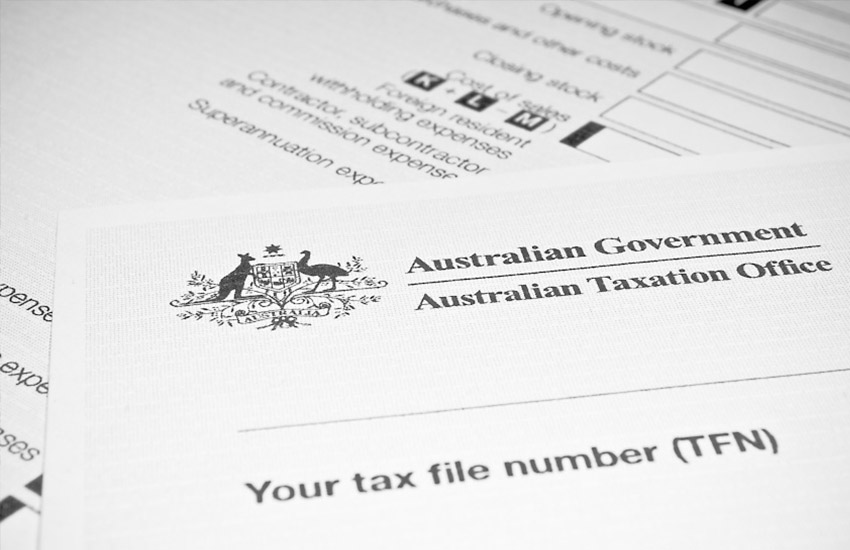The Tax Office has now released further guidance on the basic decline in turnover test based on GST turnover.
According to the ATO, an entity will need to follow five steps to satisfy the test, namely: identify the turnover test period; identify the relevant comparison period; work out the relevant GST turnover; determine which shortfall percentage applies; and determine if GST turnover has fallen by the specified shortfall percentage.
You’re out of free articles for this month
In clarifying the method to account for GST, the ATO highlights that entities “may use an accruals basis of accounting to calculate both the current GST turnover and projected GST turnover as both calculations require you to include sales that you have made or are likely to make without any reference to when you are paid”.
“However, if you prepare your activity statements on a cash basis, the ATO will allow you to calculate both the current and projected GST turnovers on a cash basis. The basis used must be the same for calculating your projected and current GST turnover,” the ATO said.
Businesses with an aggregated turnover of $1 billion or less will need to determine a shortfall of 30 per cent or more in turnover, while those with a turnover of more than $1 billion will need to confirm a 50 per cent fall in turnover, and ACNC-registered charities will need to show a shortfall of 15 per cent or more.
Waiting on further guidance
While enrolment for the JobKeeper payment starts today, the profession continues to wait on clarification on how the turnover test will apply to those who are not registered for GST.
Likewise, information on the alternative test for entities where there is not an appropriate relevant comparison period has yet to be released.
However, the ATO will soon be making a legislative instrument to determine eligibility for new businesses in operation for less than a year, and some other circumstances such as businesses who had a temporary fall in turnover in 2019 due to drought.
“This is applicable to situations where there is something out of the ordinary about the relevant comparison period in 2019 that means it is not appropriate for the purpose of an entity in the class of entities satisfying the fall in turnover test,” the ATO said.
“For example, an entity being subject to a severe drought from 2018 until September 2019 that reduced the amount of its crop that it could grow.
“Similarly, a relevant comparison period may not be appropriate for a business where it has had major structural business changes after the relevant comparison period.”
View the ATO’s guidance on applying the turnover test here.
Jotham Lian
AUTHOR
Jotham Lian is the editor of Accountants Daily, the leading source of breaking news, analysis and insight for Australian accounting professionals.
Before joining the team in 2017, Jotham wrote for a range of national mastheads including the Sydney Morning Herald, and Channel NewsAsia.
You can email Jotham at: This email address is being protected from spambots. You need JavaScript enabled to view it.

 Login
Login







